Initial Concept
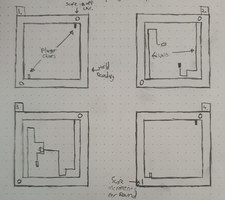
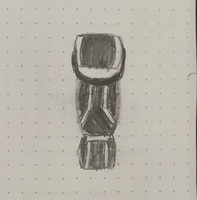
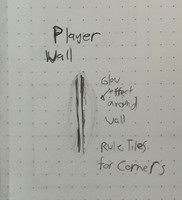
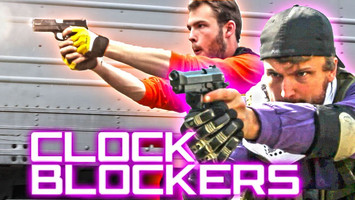

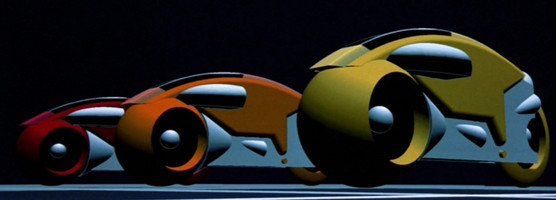
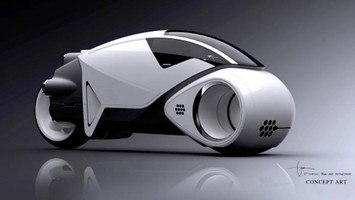
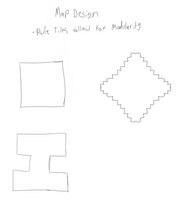

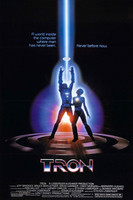
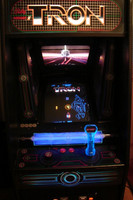
Working Title
Arc Loopers
Genre
This game concept is predominately designed as an arcade-style multiplayer game, much akin to what one might see at an arcade in the early 1980s.
Concept Statement
An arcade classic – with a twist! Battle against your friends alongside the best team you could ask for: yourself! Arc Loopers is a 2D top-down arcade battler that lets you work alongside your past and future selves as you battle for ultimate victory!
Concept Creation Process
The two main sources of inspiration for this game are from the 1982 film Tron (as well as the 2010 sequel Tron: Legacy), and the CorridorDigital short film Clock Blockers released in 2011.
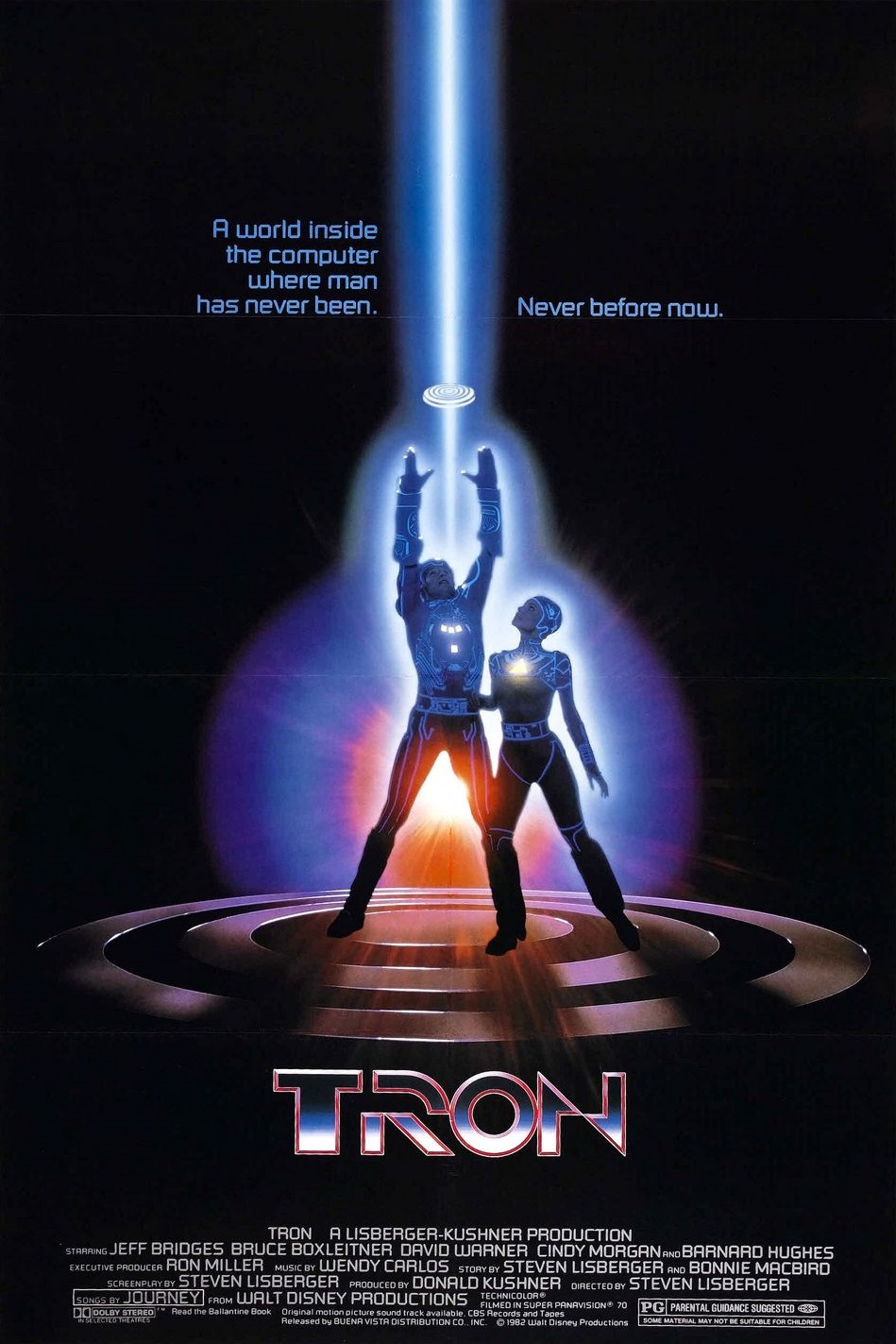
Image Source: Disney, 1982
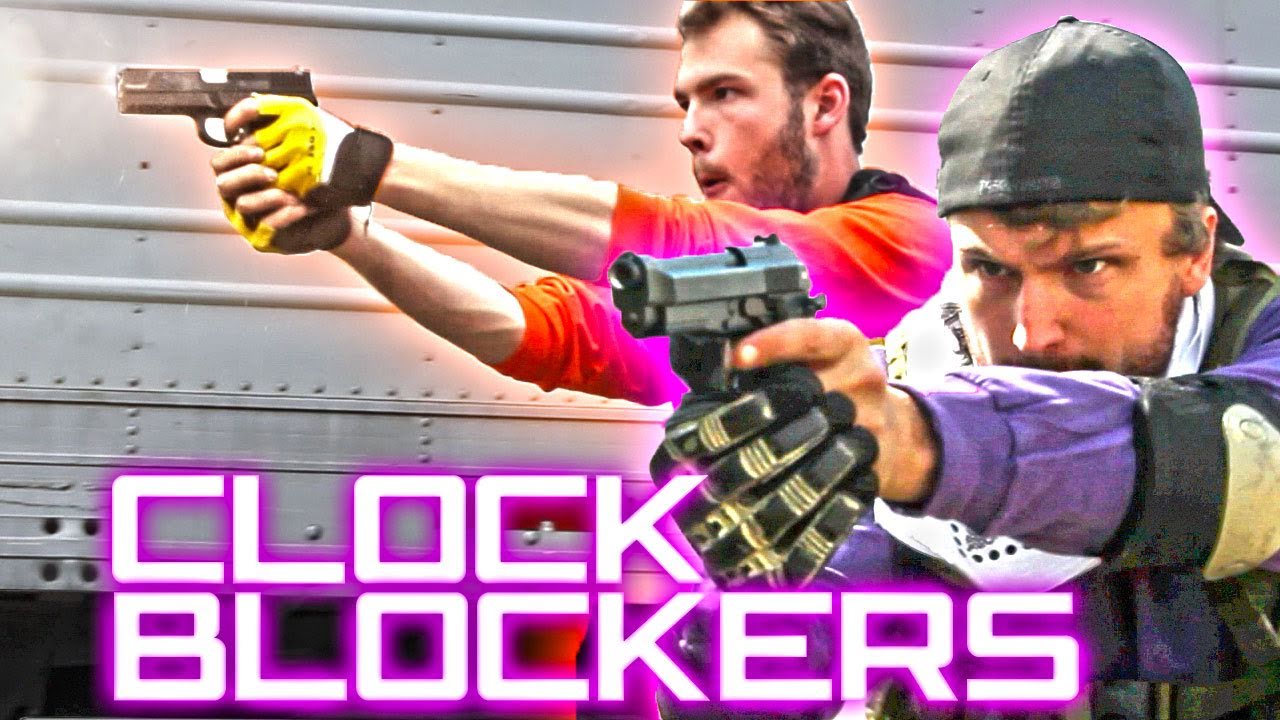
Image Source: CorridorDigital, 2011
I had always been a fan of the Tron series since I first watched the original film as a kid, especially the idea of the lightcycles. While the scene introducing the concept of lightcycle battles only makes up about 10 minutes of the original’s 96-minute runtime (and about the same amount of time in the sequel), it was the concept that really stuck with me. As such, I wanted to make a game based around it.
While making my own version of the lightcycle battles would be an interesting project, I felt that it needed an extra mechanic to help the game stand out. After watching how the character in Clock Blockers interacted with both the environment and each other, I decided to build around the concept of using time loops to allow the player to work alongside past versions of themselves.
Audience
The Intended audience for this game is people who enjoy the aesthetic of the 1980s arcade, as well as anyone who enjoys the challenge of thinking multiple time loops ahead to outsmart their opponents.
Competitive Analysis
Since the release of the original Tron in 1982, there have been numerous versions of the lightcycle game, the most notable of which being the version included in Bally Midway’s Tron arcade machine, released alongside the film in 1982. However, with the exception of the Bally Midway version, which was the machine featured in Flynn’s arcade in Tron: Legacy, none of these games saw any period of widespread success.
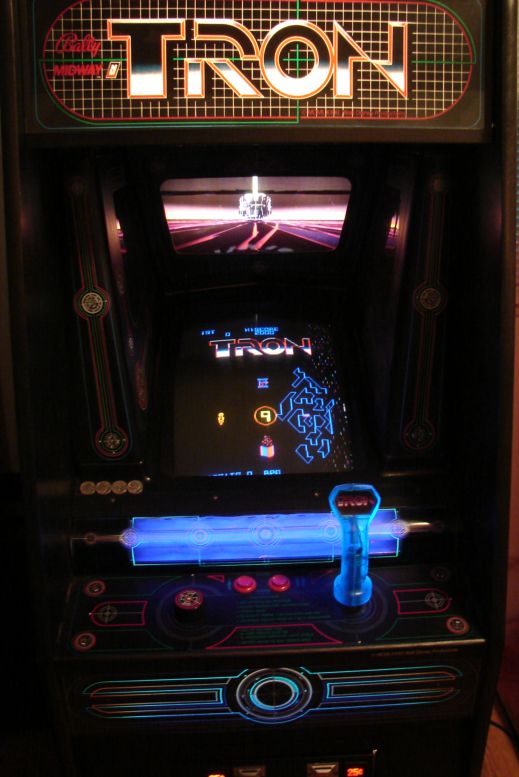
Image Source: 3vme Arcade, 2008
GAME TREATMENT
Core Gameplay
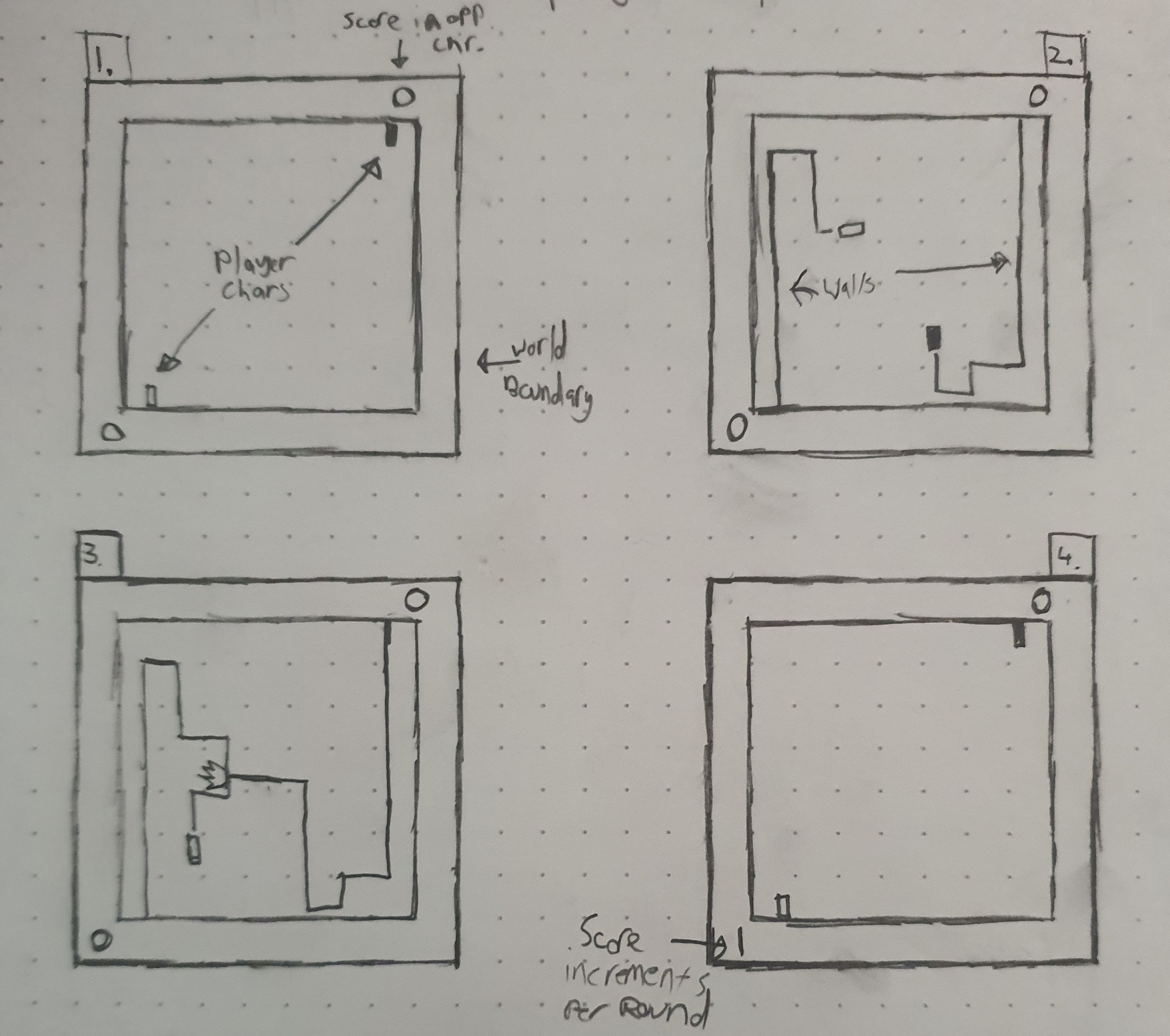
Fig. 1: Basic Gameplay Loop
The core gameplay loop of Arc Loopers involves winning rounds against your opponent. This can be done by being the last player with units in play. The main way of becoming the last player standing is to destroy all of your opponent’s units, however this becomes more complicated as each loop continues, since it becomes possible to be controlling multiple units at the same time. At the end of each round, the player that still has active units gains a point. The game is finished when one player reaches a set amount of points (3 as default).
Player Unit

Fig. 2: Player Unit Design

Fig 3. Player Wall Concept
The player character design is very reminiscent of that from that seen in the Tron Franchise, with an emphasis on curves and symmetrical design. The sprite will most likely be designed in two pieces, using the bottom layer to allow for altering the highlight colour using the Sprite Renderer.

Source: Disney, 1982
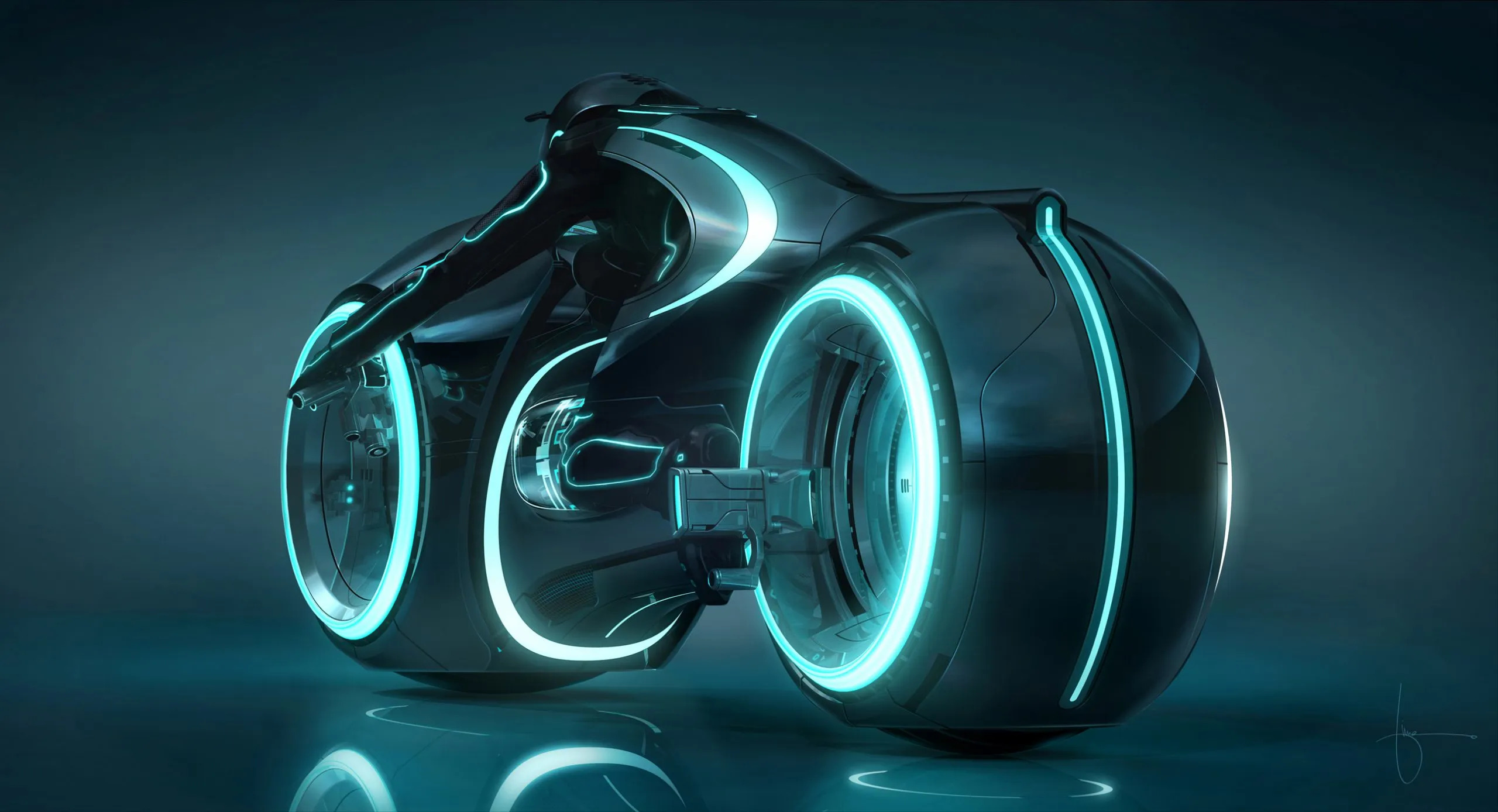
Source: Disney, 2010
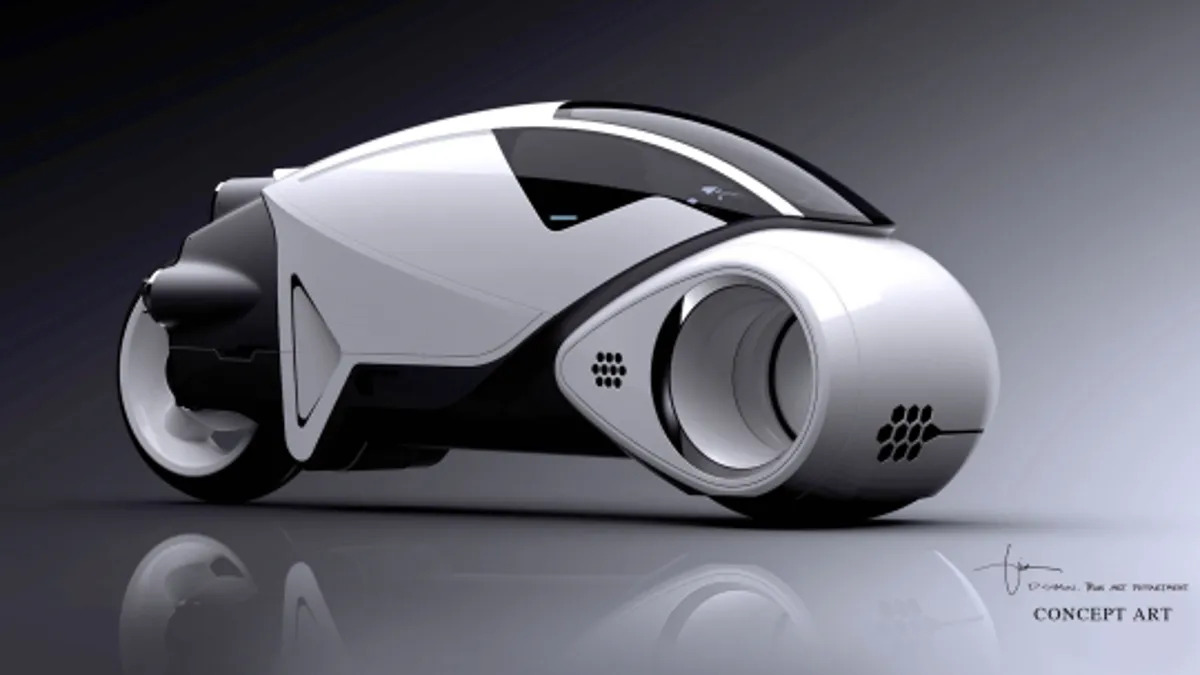
Source: Disney, 2010
Map Design
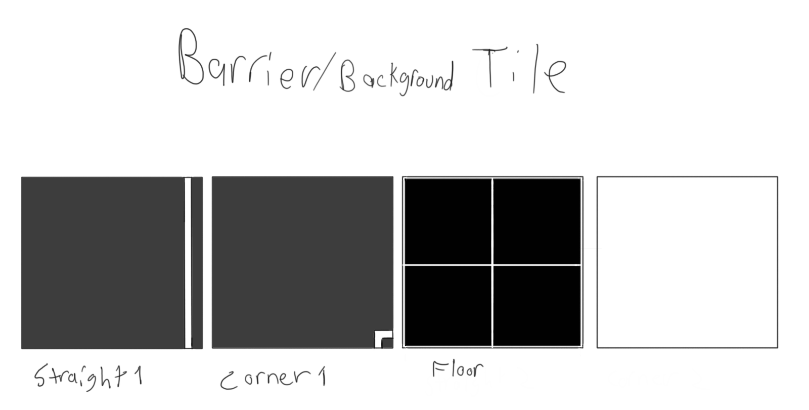
Fig. 4: Border and Background Tiles
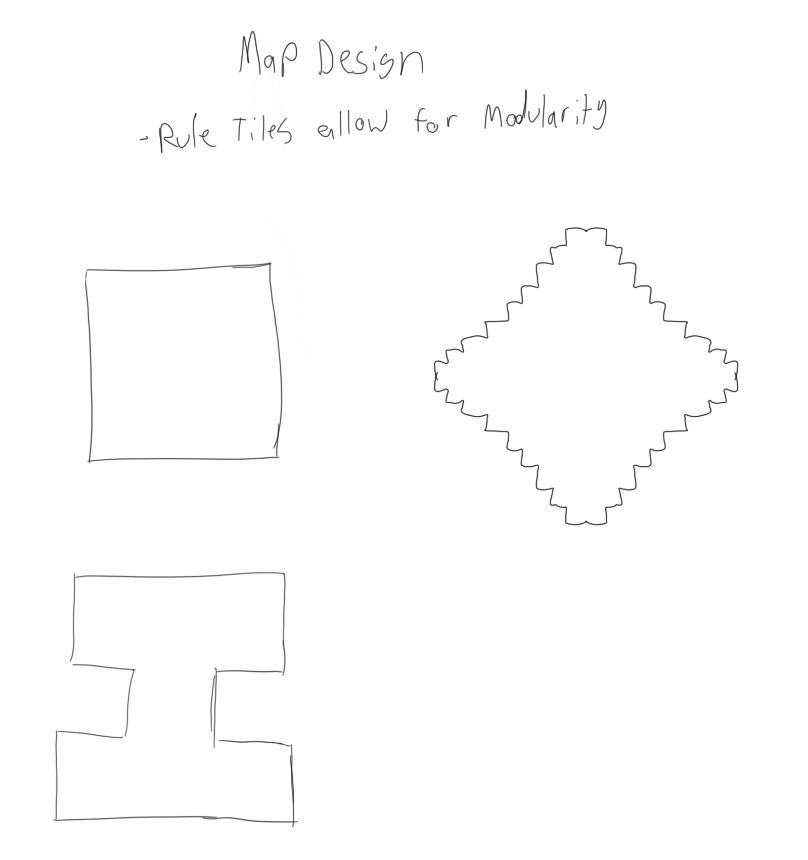
Fig. 5: Map Design Sketches
All of the maps will be made using a combination of basic tiles as well as rule tiles to allow for automatic addition of corner tiles, which will aid in streamlining the map creation process. The tiles themselves will be similar to the player unit, using a combination of blacks and greys, with white accents on a second layer that can be altered in colour using the Sprite Renderer.
Sound Design
The music and sound effects will be produced in-house specifically for this project. The music will be a simple electronica track, taking inspiration from Daft Punk’s soundtrack for Tron: Legacy. The sound effects will be created using Foley effects.
Extra Features
Arguably, the most advanced part of the game is the time looping mechanic. The current running concept is to record player inputs into an array, which will then play those inputs back during the next loop. However, this method might not be effective since a unit might last longer than it has inputs recorded for, so it’s liable to be revisited.
Arc Riders
| Status | In development |
| Author | Glori0usOCE |
More posts
- 22/10/2022 - Bug FixesOct 22, 2022
- TESTINGOct 04, 2022
- 4/10/2022 - GameplayOct 04, 2022
- 3/10/2022 - Menus + BugfixesOct 03, 2022
- 26/9/2022 - Maps and CollisionsSep 26, 2022
- 13/09/2022 - Player MovementSep 13, 2022
Leave a comment
Log in with itch.io to leave a comment.